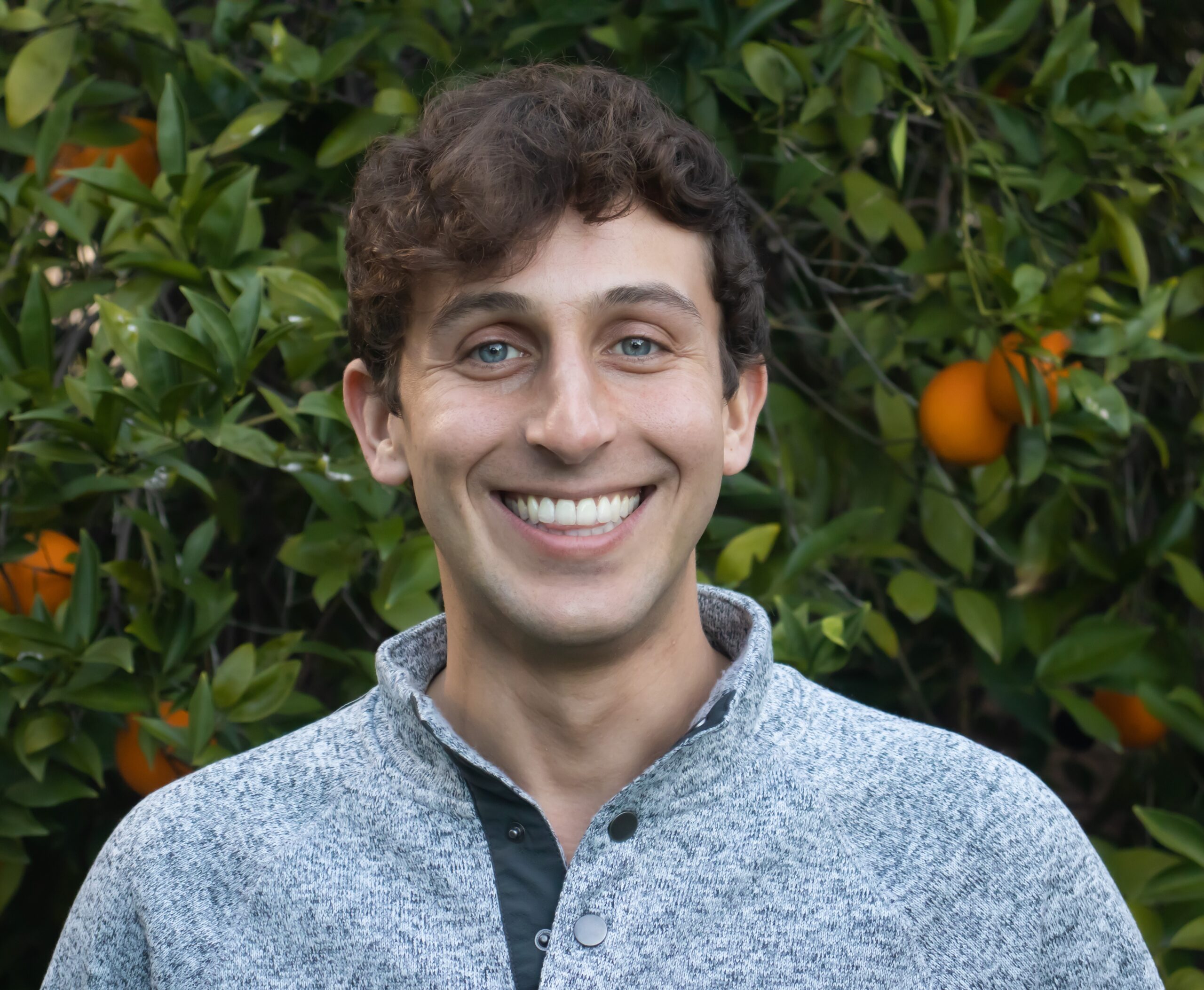
Zachary Sherman
Assistant Professor
Chemical Engineering
College of Engineering
zsherm@uw.edu
Zachary Sherman Faculty page
What is your Research Focus?
The Z Lab leverages a unique computational tool set to investigate the self-assembly, transport, and effective properties of soft colloidal materials, particularly those driven by or responsive to electromagnetic fields. These soft materials are key components of sustainable energy technologies that reduce reliance on fossil fuels. Broadly, we are interested in (1) developing new computational methods for such materials that are both fast and accurate, (2) elucidating fundamental relationships among electromagnetic fields, colloid structure, colloid dynamics, and effective properties, and (3) applying this fundamental understanding for application-specific design of colloidal material technologies.
Optoelectronic devices harnessing solar energy can be improved by incorporating colloidal soft materials as energy harvesters, waveguides, optical filters, and photo- and thermocatalysts. Understanding and controlling the light-matter interactions of these components is crucial to improving their performance. The Z lab focuses on using controlled assembly of colloidal nanoparticles to tune their optical and thermal properties. We are currently developing automated tools where a researcher inputs target optical behavior and then numerical optimization routines efficiently discover self-assembled materials with the desired properties.
Charge transport in electrolytes and at interfaces in energy storage devices are critical to their operation. However, because of the multiscale nature (ions are much smaller than colloidal particles), the cost of simulating colloidal electrolytes is prohibitively expensive. On the other hand, coarse-grained methods that completely remove ions, while faster, are necessarily unable to describe ionic transport. We are currently developing intermediate coarse-grained methodologies that avoid the computational cost of explicitly representing individual charges while still accounting for their effects on ionic double layers at interfaces and the electroosmotic flows they generate. We then use these fast, yet accurate, simulation tools to investigate the fundamental electrokinetics of colloidal soft materials, enabling more rational design of sustainable energy technologies.
What opportunities at the UW excite you?
At UW, I am eager to collaborate with many researchers specializing in materials science, energy and sustainability, and data science. Especially exciting is the opportunity to join interdisciplinary centers at UW like the Clean Energy Institute, the Center for the Science of Synthesis Across Scales (CSSAS), and the Molecular Engineering Materials Center (MEM-C) and work closely with researchers at Pacific Northwestern National Laboratory. I’m very interested in working closely with experimental collaborators in these interdisciplinary centers to apply our findings to experimental materials to address climate concerns more rapidly. Beyond the resources for research collaboration, these centers provide great opportunities for science outreach to the Washington community and beyond. As a computational researcher, I am also excited to utilize UW’s Hyak supercomputer and work with the eScience Institute to develop open-source computational tools for modeling soft materials.